Writing emails like a marketeer, not a techie!
How many work emails land in your inbox each day? More importantly, how many of those do you actually read? Let’s be honest here. And among those, how many are operational, informational, or just plain maintenance updates?
Take a moment to scan those emails. Do they all seem to have a similar style? I'll hazard a guess—they're likely very straightforward, aren't they? Packed with facts, delivered in one-size-fits-all templates that are, frankly, a tad dull to wade through.
Now, think about an email you’ve either sent or received from a project team about an upcoming go-live. What’s its look? Does it grab your attention? If it does, that’s brilliant—someone’s doing something right. Feel free to skip the rest of this and just keep on with that winning formula! But if not, stick around. Today’s blog is all about the small, impactful tweaks you can make to ensure your emails aren’t just opened, but read and remembered.
Key things to think about when drafting an email
When drafting your communication, there's a straightforward format you can follow to keep things clear and engaging. It starts with the Hook and follows with the 4 W’s—Who, What, When, Why—and the H for How. Whilst it’s always best to lean on a communications expert if you can, if you’re going it alone, don’t worry. I’ve got a method that has worked wonders for me—the Inverted Triangle.
Think about the adverts you’ve seen; they all begin with a hook. That’s what grabs your attention and piques your interest. It’s crucial for any effective communication.
As you craft your message, consider what will make your email stand out. For those quickly scanning their inboxes, what can you say that will make them pause and dive deeper? Focus especially on the ‘Why?’—this is where your key messages lie, and they should be crystal clear from the get-go.
Top Tips for Effective Email Communications:
Use simple language.
Consider non-native speakers or anyone who appreciates clarity—your message should be comprehensible to a 12-year-old.
Avoid acronyms.
They can confuse and alienate readers who aren’t in the know.
Simplify project-specific jargon.
If it’s not common knowledge outside your team, it’s probably too complex.
Don’t shy away from using different colours and fonts to highlight your points.
Important? Underline it. Urgent? Make it red.
Include links to reduce clutter.
Keep your emails concise and clickable for those who want deeper dives without endless scrolling.
Always link to a central knowledge base where more detailed information is stored.
Personalise your messages.
Even if it’s a team email, a personal touch can make a big difference.
Craft a catchy subject line.
Sometimes, I leave it hanging with an ellipsis... to draw readers in.
Flag important emails.
Make sure they stand out right from the get-go.
Whenever possible, have management send out critical communications to underscore their importance.
With these tips, you’ll not only increase the chances of your emails being read but also ensure they're effective and impactful. Happy emailing!

